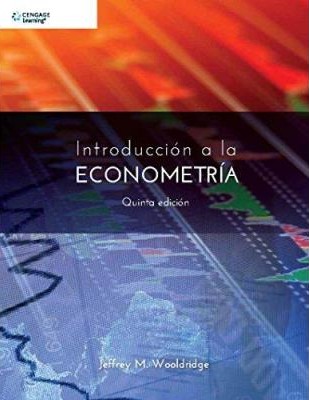Econometric analysis of cross section and panel data
- ISBN: 9780262232586
- Editorial: The MIT Press
- Fecha de la edición: 2010
- Lugar de la edición: Cambridge (MSS). Estados Unidos de Norteamérica
- Edición número: 2nd ed
- Encuadernación: Cartoné
- Medidas: 23 cm
- Nº Pág.: 1096
- Idiomas: Inglés

The second edition of this acclaimed graduate text provides a unified treatment of the analysis of two kinds of data structures used in contemporary econometric research: cross section data and panel data. The book covers both linear and nonlinear models, including models with dynamics and/or individual heterogeneity. In addition to general estimation frameworks (particularly methods of moments and maximum likelihood), specific linear and nonlinear methods are covered in detail, including probit and logit models, multinomial and ordered choice models, Tobit models and two-part extensions, models for count data, various censored and missing data schemes, causal (or treatment) effect estimation, and duration analysis. Control function and correlated random effects approaches are expanded to allow estimation of complicated models in the presence of endogeneity and heterogeneity. This second edition has been substantially updated and revised. Improvements include a broader class of models for missing data problems; more detailed treatment of cluster sampling problems, an important topic for empirical researchers; expanded discussion of "generalized instrumental variables" (GIV) estimation; new coverage of inverse probability weighting; a more complete framework for estimating treatment effects with assumptions concerning the intervention and different data structures, including panel data, and a firmly established link between econometric approaches to nonlinear panel data and the "generalized estimating equation" literature popular in statistics and other fields. New attention is given to explaining when particular econometric methods can be applied; the goal is not only to tell readers what does work, but why certain "obvious" procedures do not. The numerous included exercises, both theoretical and computer- based, allow the reader to extend methods covered in the text and discover new insights.









